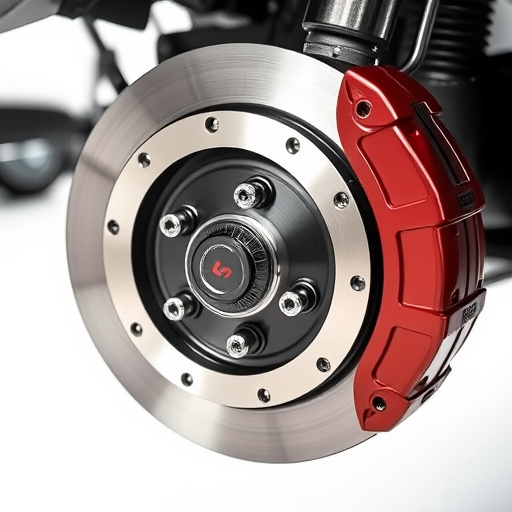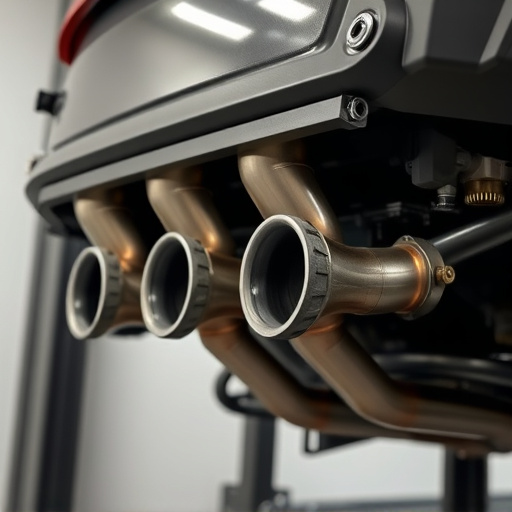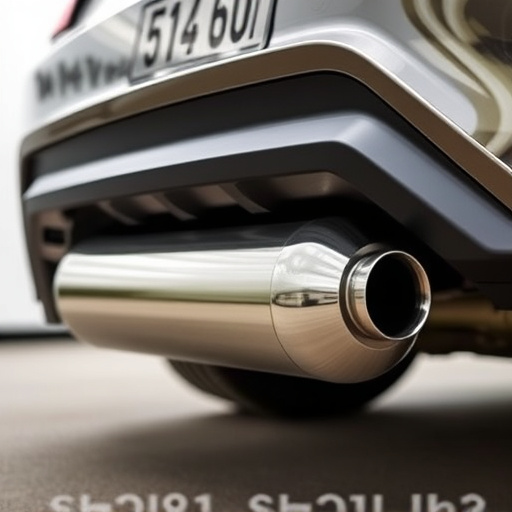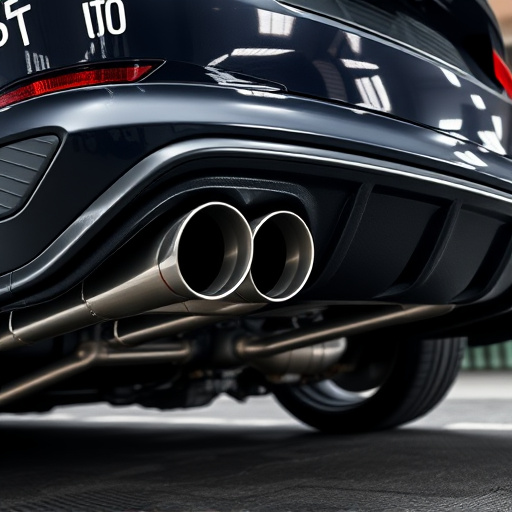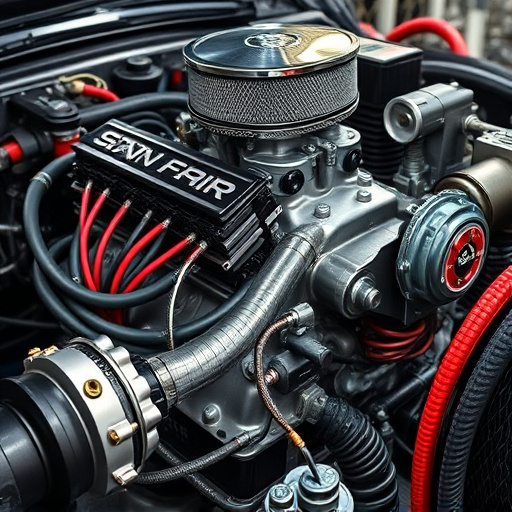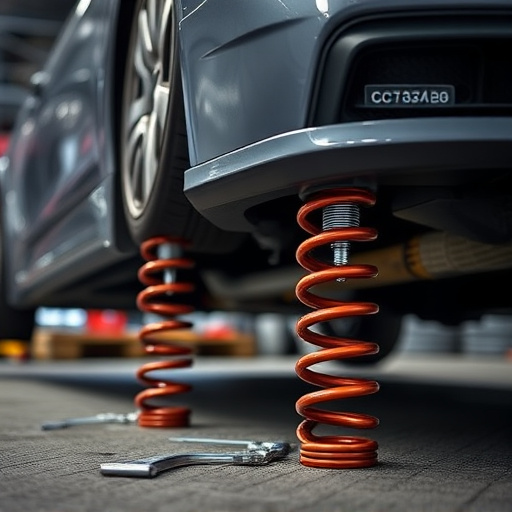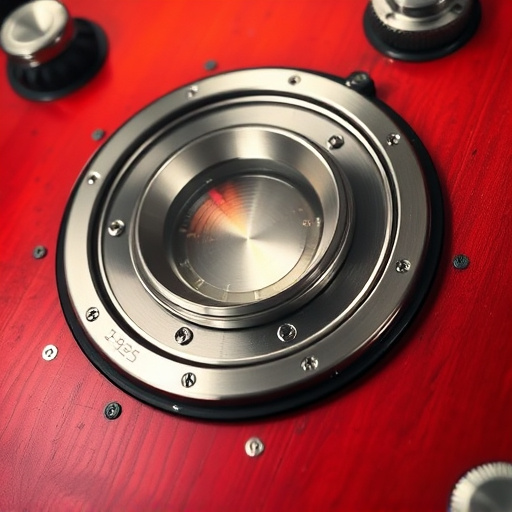The vehicle suspension system requires regular maintenance to reduce noise and enhance performance. Worn parts like bushings and ball joints are common culprits. Upgrades, while improving performance, may introduce new noises. Accurate identification is key for troubleshooting. Effective strategies include replacing worn parts, proper wheel alignment, sound-absorbing materials, and exhaust upgrades for a quieter, safer ride.
Tired of unwanted squeaks and clatters from your vehicle’s ride? Noise in your suspension system can range from annoying to dangerous. Understanding your car’s complex suspension components is key to addressing these issues. This guide dives into the common sources of noise, offering effective strategies to minimize unwanted sounds. From identifying worn parts to employing simple do-it-yourself solutions, learn how to transform your bumpy ride into a smooth sail on the road.
- Understanding Your Vehicle's Suspension System
- Common Sources of Noise in Suspension Components
- Effective Strategies to Minimize Unwanted Sounds
Understanding Your Vehicle's Suspension System
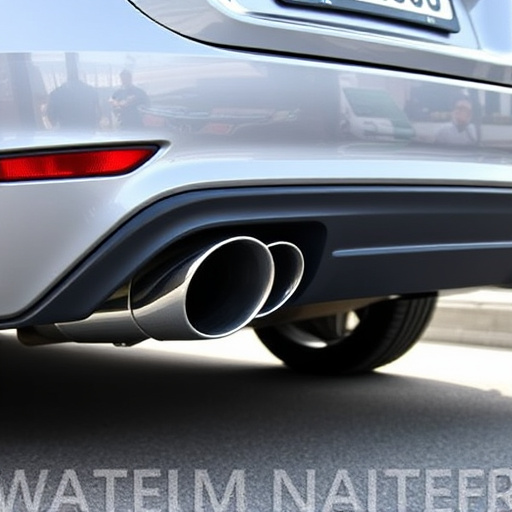
The vehicle suspension system plays a pivotal role in determining both your ride quality and overall vehicle performance. It’s the network of components that connects your wheels to the chassis, absorbing impacts from road irregularities and maintaining vehicle stability. Comprising springs, shock absorbers, struts, control arms, and more, this intricate system works tirelessly to ensure a smooth, comfortable drive.
Understanding how these parts interact is crucial when aiming to reduce noise in your suspension. Worn or damaged components can lead to squealing, clunking, or banging sounds. Regular maintenance, including inspecting for wear and replacing faded parts, significantly enhances vehicle performance and reduces unwanted noises. Incorporating high-performance parts, such as upgraded shocks or stiffer springs, tailored to your driving style and needs, can further refine your suspension’s ability to manage road noise.
Common Sources of Noise in Suspension Components

The vehicle suspension system is a complex network of components that work together to ensure a smooth ride and optimal handling. While modern engineering has made significant strides in quieting down these systems, noise from the suspension can still be a nuisance, especially at higher speeds or over rough terrain. Common sources of this unwanted noise include worn-out or damaged parts like bushings, ball joints, and control arms—parts that are often subject to constant stress and wear. Additionally, certain components like shock absorbers and struts can produce squeaking, clicking, or banging sounds due to metal-on-metal contact or misalignment.
Another significant contributor to suspension noise is the installation of high-performance parts, such as cold air intakes or upgraded suspension kits, which can alter the dynamics of the vehicle’s handling. While these modifications enhance performance, they may also introduce new frequencies and vibrations that manifest as noise. Improperly aligned or damaged wheels and tires can also cause unusual sounds, particularly during cornering or at speed, due to uneven wear patterns and increased friction. Identifying the exact source of suspension noise is crucial for effective troubleshooting and the selection of appropriate solutions, whether it’s replacing worn parts, realigning wheels, or upgrading to quieter high-performance parts.
Effective Strategies to Minimize Unwanted Sounds
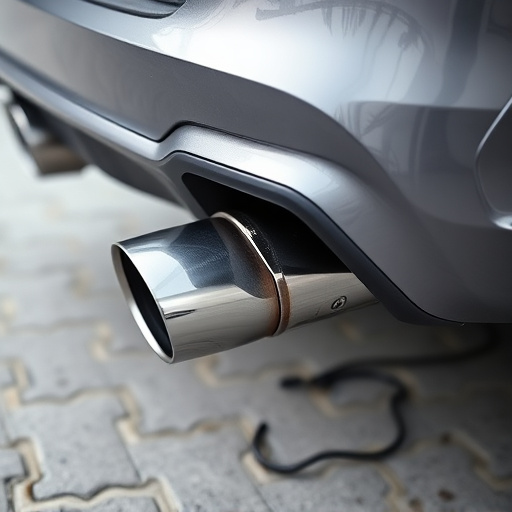
Unwanted noise from your vehicle’s suspension system can be a nuisance and impact your overall driving experience. Fortunately, there are several effective strategies to minimize these sounds and enhance your vehicle’s suspension performance. One of the most common sources of suspension noise is worn or damaged components. Regularly inspecting and replacing parts like bushings, ball joints, and control arms can significantly reduce clunking, popping, or creaking noises.
Another crucial aspect is ensuring proper alignment and balance. Misaligned wheels can cause uneven tire wear and generate annoying squealing or humming sounds. Balancing your tires and suspension components, such as shock absorbers and struts, can also help in dampening vibrations and preventing excessive noise. Additionally, upgrading to high-quality exhaust mufflers and using sound-absorbing materials within the vehicle’s underbody can significantly curb road noise. Remember that addressing these issues not only reduces noise but also contributes to improved vehicle performance and safety.
By understanding your vehicle’s suspension system and identifying common noise sources, you can effectively minimize unwanted sounds. Implementing targeted strategies ensures a smoother ride and enhances overall vehicle performance. These simple yet powerful steps empower drivers to tackle noise issues, making every journey more enjoyable and quiet.



